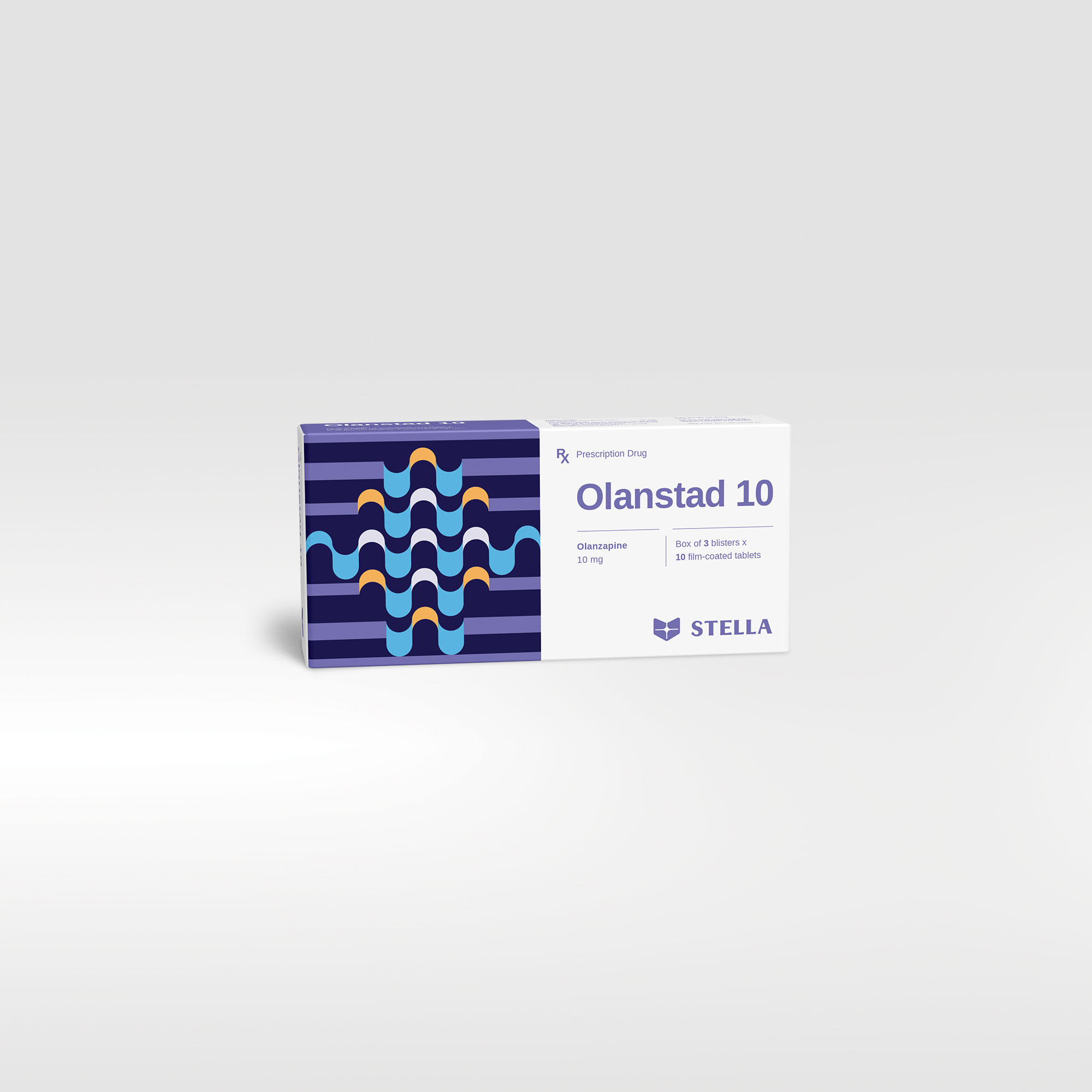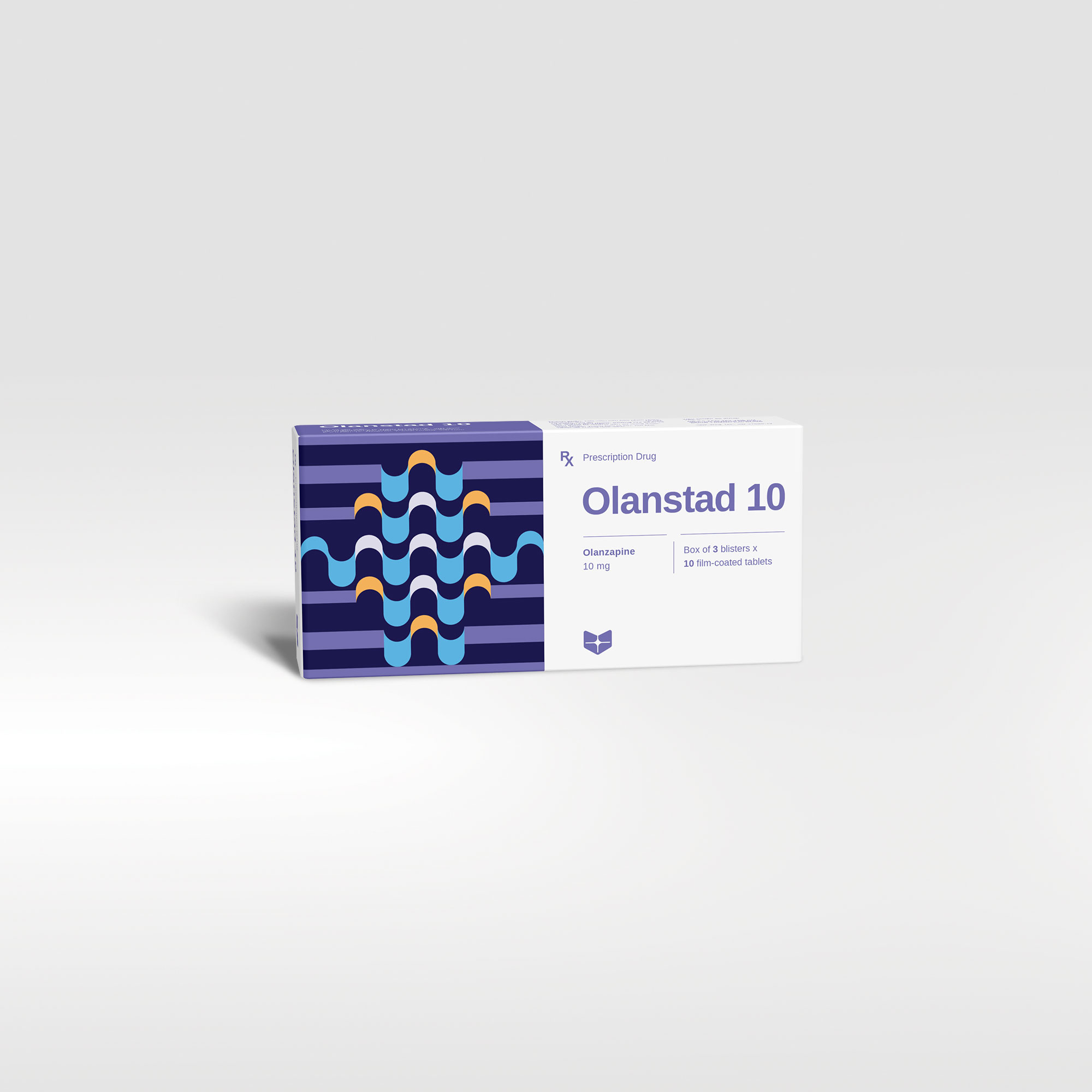Olanstad 10 is not recommended for use in patients:
- Rare hereditary problems of galactose intolerance, total lactase deficiency or glucose – galactose malabsorption.
- Dementia-related psychosis and/or behavioural disturbances patients.
- Parkinson’s disease.
- Develops signs/symptoms indicative of neuroleptic malignant syndrome (NMS); presents with unexplained high fever: Discontinue the drug.
- Tardive dyskinesia: A dose reduction or discontinuation.
Caution is advised when prescribing Olanstad 10 for patients:
- Prostatic hypertrophy, or paralytic ileus and related conditions.
- Combination with other centrally acting medicines and alcohol.
- Diabetes mellitus/dyslipidemic or patients with risk factors.
- Low leucocyte and/or neutrophil counts; receiving medicines known to cause neutropenia; history of drug-induced bone marrow depression/toxicity; bone marrow depression caused by concomitant illness, radiation therapy or chemotherapy; hypereosinophilic or myeloproliferative disease.
- Have a history of seizures or are subject to factors which may lower the seizure threshold.
- Hepatic impairment; pre-existing conditions associated with limited hepatic functional reserve; being treated with potentially hepatotoxic drugs.
- Experiencing conditions which may contribute to an elevation in core body temperature.
- At risk for aspiration pneumonia.
- Elderly; in patients with congenital long QT syndrome; congestive heart failure; heart hypertrophy; hypokalaemia or hypomagnesaemia.
Risk of sudden cardiac death.
Olanstad 10 should be used in pregnancy only if the benefit justifies the risk. Patients should be advised not to breast-feed an infant.
Patients should be aware of how they react to drug before driving or operating machinery.










